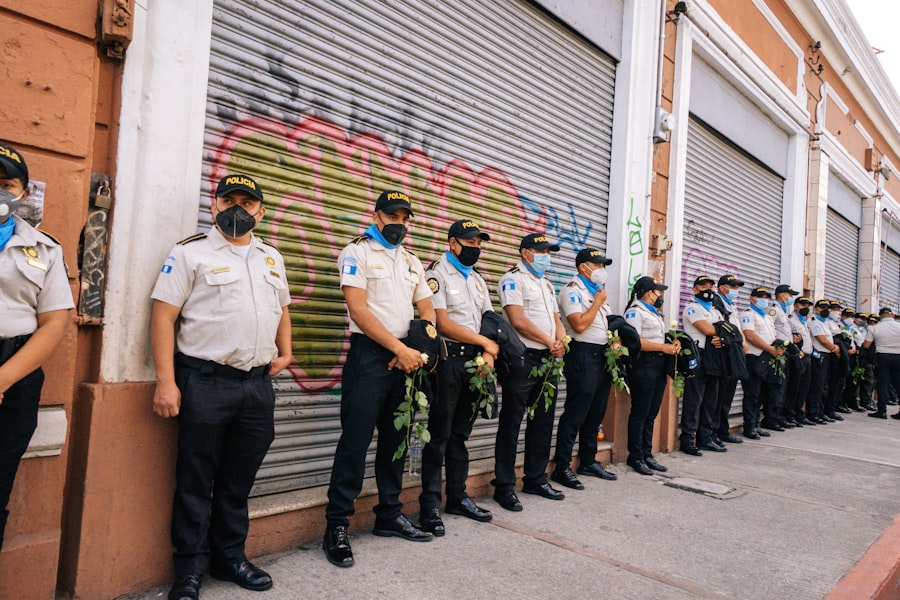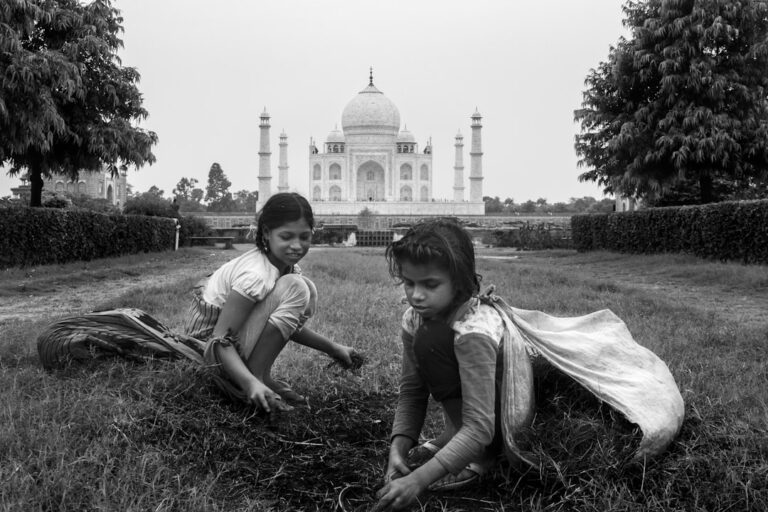The Mappila and Santhal uprisings are significant events in the history of colonial India, reflecting the socio-economic and political discontent among marginalized communities. The Mappilas, primarily Muslim peasants in the Malabar region of Kerala, had a long history of resistance against oppressive landlords and colonial authorities. Their grievances were rooted in a feudal system that exploited their labor and resources, exacerbated by the British colonial policies that favored landlords over tenants.
The Mappila community had a unique cultural identity, shaped by a blend of Islamic traditions and local customs, which influenced their collective consciousness and resistance movements. In contrast, the Santhals were an indigenous tribal community residing in the Chotanagpur plateau, spanning parts of present-day Jharkhand, West Bengal, and Odisha. The Santhal uprising of 1855-56 was primarily a response to the encroachment of British colonial rule and the exploitation by moneylenders and landlords.
The Santhals had their own social structures and cultural practices, which were disrupted by the imposition of foreign governance and economic systems. Their struggle was not only against economic exploitation but also against the loss of their land and cultural identity, making their uprising a significant expression of indigenous resistance.
Key Takeaways
- Mappila and Santhal uprisings were significant rebellions in the history of India, with the former taking place in Kerala and the latter in Bihar and Jharkhand.
- The uprisings were triggered by a combination of economic exploitation, social injustice, and religious oppression, leading to widespread discontent among the Mappila and Santhal communities.
- Key figures and leaders of the Mappila uprising included Ali Musaliar and Variyankunnath Kunjahammed Haji, while the Santhal uprising was led by leaders like Sidhu and Kanhu Murmu.
- The uprisings employed guerrilla warfare, ambush tactics, and strategic alliances with local rulers to resist the British colonial forces.
- The Mappila and Santhal uprisings left a lasting impact on the socio-political landscape of India, inspiring future movements for independence and social justice, and highlighting the resilience and determination of marginalized communities.
Causes and Triggers of the Uprisings
The causes of the Mappila uprising can be traced to a combination of socio-economic factors and religious sentiments. The agrarian distress faced by Mappila peasants was exacerbated by rising land rents, oppressive taxation, and the exploitation by local landlords known as “janmis.” The British colonial administration’s policies often sided with these landlords, leading to widespread discontent among the Mappilas. Additionally, the communal tensions that arose during this period, particularly following the 1921 Khilafat Movement, further fueled their grievances.
The Mappilas felt marginalized not only economically but also politically, as they were often excluded from the broader nationalist movements that sought to address colonial injustices. On the other hand, the Santhal uprising was ignited by a confluence of factors that included economic exploitation, loss of land, and cultural disintegration. The introduction of the Permanent Settlement Act in 1793 had established a system where zamindars (landlords) were given control over vast tracts of land, leading to the dispossession of many Santhal families.
The Santhals were subjected to exorbitant debts from moneylenders who exploited their lack of understanding of complex financial systems. This economic oppression was compounded by cultural alienation as British policies undermined traditional Santhal practices and governance structures. The immediate trigger for the uprising was the oppressive actions of local zamindars and moneylenders, which culminated in violent confrontations in 1855.
Key Figures and Leaders of the Uprisings

The Mappila uprising saw several prominent leaders emerge who galvanized the community against colonial rule. One such figure was Variyankunnath Kunjahammed Haji, a charismatic leader who played a pivotal role in organizing resistance against British authorities. His ability to articulate the grievances of the Mappilas and mobilize them for action made him a central figure in the uprising.
Haji’s leadership was marked by his emphasis on religious identity as a unifying force for the Mappilas, which resonated deeply within the community. His efforts culminated in a series of violent confrontations with British forces in 1921, marking a significant moment in the struggle for justice. In contrast, the Santhal uprising was led by two brothers, Sidhu and Kanhu Murmu, who emerged as iconic figures in the fight against colonial oppression.
They were instrumental in rallying their community against exploitative practices and advocating for their rights to land and self-governance.
Their call for rebellion against oppressive zamindars and moneylenders resonated widely, leading to a large-scale uprising that challenged colonial authority in the region.
Tactics and Strategies Used in the Uprisings
The tactics employed during the Mappila uprising were diverse and reflected both traditional forms of resistance and innovative strategies adapted to confront colonial forces. The Mappilas utilized guerrilla warfare techniques, leveraging their knowledge of local terrain to launch surprise attacks on British troops and their allies. This approach allowed them to exploit their familiarity with the landscape while minimizing direct confrontations with superior military forces.
Additionally, they organized mass mobilizations and protests that drew attention to their plight, effectively using public demonstrations as a means to galvanize support from other communities. In contrast, the Santhal uprising was marked by a more organized approach to rebellion. The Santhals established a parallel system of governance known as “Munda Raj,” which sought to restore traditional authority structures disrupted by colonial rule.
They employed tactics such as ambushes against moneylenders and zamindars, disrupting their operations and reclaiming control over their lands. The Santhals also utilized symbolic acts of defiance, such as burning down records of debts held by moneylenders, which served both as a practical strategy for reclaiming autonomy and as a powerful statement against colonial exploitation.
Impact and Legacy of the Uprisings
The impact of the Mappila uprising extended beyond immediate confrontations with colonial authorities; it significantly influenced subsequent nationalist movements in India. The uprising highlighted the deep-seated grievances among marginalized communities and underscored the need for inclusive political representation within the broader struggle for independence. The violent suppression of the Mappila rebellion also drew attention to the brutal tactics employed by colonial forces, fostering greater solidarity among various groups opposing British rule.
Furthermore, it contributed to a growing awareness of communal tensions that would shape India’s socio-political landscape in the years leading up to independence. Similarly, the Santhal uprising left an indelible mark on Indian history as one of the earliest expressions of tribal resistance against colonialism. It brought attention to the plight of indigenous communities facing dispossession and cultural erosion due to colonial policies.
The legacy of Sidhu and Kanhu Murmu continues to resonate within contemporary movements advocating for tribal rights and land reforms in India. Their struggle is often cited as an inspiration for subsequent generations seeking justice against systemic exploitation. The Santhal uprising also laid the groundwork for future tribal movements that would emerge throughout India, emphasizing the importance of recognizing indigenous rights within national discourse.
Comparisons and Contrasts Between Mappila and Santhal Uprisings

While both uprisings shared common themes of resistance against colonial oppression and economic exploitation, they differed significantly in their social contexts and underlying motivations. The Mappila uprising was deeply intertwined with religious identity, as it emerged from a predominantly Muslim community facing both economic hardships and communal tensions exacerbated by colonial policies. In contrast, the Santhal uprising was rooted in indigenous identity and cultural preservation, driven by a desire to reclaim land and autonomy from exploitative practices imposed by both colonial authorities and local landlords.
Moreover, the organizational structures and leadership styles differed between the two uprisings. The Mappila uprising was characterized by charismatic leaders like Kunjahammed Haji who mobilized support through religious sentiments, while the Santhal uprising was led by figures like Sidhu and Kanhu Murmu who emphasized traditional governance systems and collective action rooted in tribal identity. This distinction influenced their respective tactics; while Mappilas engaged in guerrilla warfare tactics that leveraged local knowledge, Santhals established parallel governance structures that sought to restore traditional authority.
In terms of legacy, both uprisings contributed significantly to India’s anti-colonial narrative but did so through different lenses. The Mappila uprising highlighted communal tensions within nationalist movements, prompting discussions about inclusivity in political representation. Conversely, the Santhal uprising underscored issues related to indigenous rights and land reforms that continue to resonate today.
Both movements serve as reminders of the diverse struggles faced by various communities within India’s complex socio-political landscape during colonial rule.
If you are interested in exploring the philosophy of language further, you may want to check out the article Introduction to Language, Meaning, and Knowledge: Exploring the Philosophy of the Vienna Circle and Russell’s Theories. This article delves into the theories of meaning in language and provides a deeper understanding of how language shapes our perception of the world. It may offer valuable insights into the communication strategies employed during historical uprisings such as the Mappila and Santhal Uprisings.
FAQs
What were the Mappila and Santhal uprisings?
The Mappila and Santhal uprisings were two separate revolts that took place in India during the 19th century. The Mappila uprising occurred in the Malabar region of Kerala, while the Santhal uprising took place in the present-day states of Jharkhand, Bihar, and West Bengal.
When did the Mappila and Santhal uprisings take place?
The Mappila uprising occurred in 1921, while the Santhal uprising took place in 1855-1856.
What were the causes of the Mappila and Santhal uprisings?
The Mappila uprising was sparked by a combination of factors including agrarian issues, religious tensions, and resentment towards the British colonial rule. The Santhal uprising was primarily a response to the oppressive land policies and exploitation by the British colonial administration and zamindars.
What were the outcomes of the Mappila and Santhal uprisings?
Both uprisings were eventually suppressed by the British colonial authorities, resulting in significant loss of life and property. The uprisings also led to changes in land policies and administrative reforms in the affected regions.
How did the Mappila and Santhal uprisings impact Indian history?
The Mappila and Santhal uprisings are significant events in Indian history as they reflect the resistance of local communities against colonial oppression and exploitation. These uprisings also contributed to the broader anti-colonial movement in India.






















+ There are no comments
Add yours